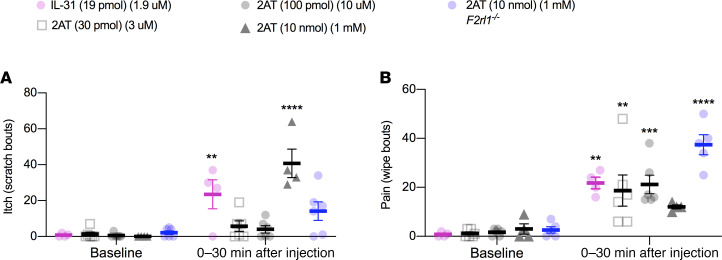Figure 9. Activation of PAR2+ sensory neurons via low-dose intradermal administration of 2AT induces pain but not itch bouts.
The subset of sensory neurons that express F2rl1 mRNA also express several markers, such as the IL-31R, implicated in itch. We investigated the role of PAR2 activation in this subset of sensory neurons via the cheek scratch versus wipe assay. This assay differentiates itch and pain behaviors in mice through hind limb scratching and forelimb wiping, respectively. After habituation, baseline behavior was video-taped for 15 minutes before injection. Intradermal injections of IL-31 (19 pmol) and low-dose 2AT (30 pmol and 100 pmol) were administered into the shaved left cheek of WT mice. High-dose 2AT (10 nmol) was administrated to both WT and F2rl1–/– (global PAR2 KO) mice. (A) Itch (scratch bouts) and (B) pain (wipe bouts) were scored up to 30 minutes after injections. IL-31 caused both significant scratching and wiping compared with baseline. However, low doses of 2AT (PAR2-specific concentrations) caused only pain behaviors and not scratching. High-dose 2AT (PAR2-nonspecific concentration) caused scratching but not significant wiping in WT mice. In F2rl1–/– mice, high-dose 2AT caused wiping but not significant scratching. n = 4, n = 6, n = 6, and n = 4 for WT mice treated with IL-31 (30 pmol) and 2AT (30 pmol, 100 pmol, and 10 nmol), respectively; n = 6 for F2rl1–/– mice treated with 2AT (10 nmol). Data are expressed as mean ± SEM. Two-way ANOVA with Bonferroni’s multiple comparisons (baseline versus treatment) **P < 0.01, ***P < 0.001, and ****P < 0.0001.

